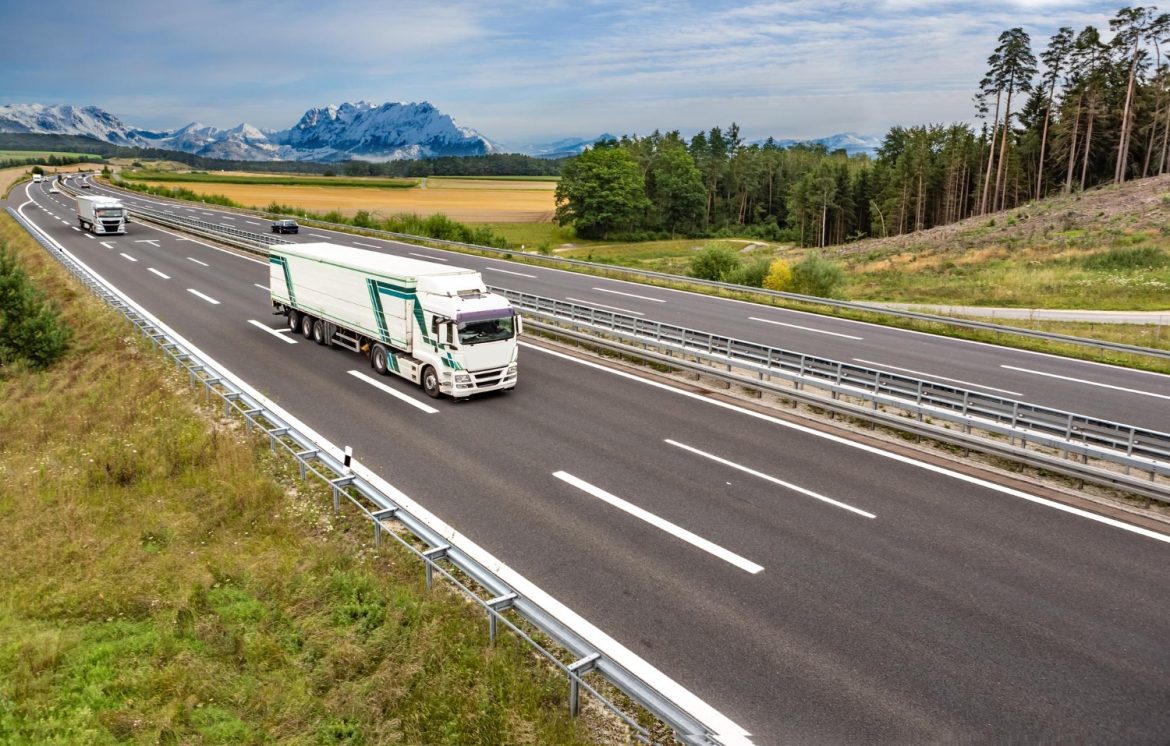How much must a transporter consider to be able to carry out their job effectively? The workdays are long, the kilometers to cover are endless, and on their shoulders rest the heavy load and the responsibility for the resources they transport.
Today we will talk about some aspects that impact the safety of goods transportation on Spanish roads and other European routes. Beneath the tireless monotony of the highway, where kilometers blend with the horizon, the Spanish transporter not only fights a battle against fatigue but also against a myriad of risks that threaten their cargo. On their shoulders rests not only the responsibility for an order but the integrity of an increasingly complex and demanding supply chain. The effectiveness of their work is, therefore, inextricably linked to the safety with which they can carry out their tasks on Spanish and European roads.
Safety in goods transport has become a fundamental pillar of modern logistics. It is not just about avoiding economic losses from theft or damage, but about guaranteeing operational continuity and strengthening customer trust. As industry analyses rightly point out, the impact of a security breach can be devastating, leading to everything from contract breaches to reputational damage that is hard to repair, especially when transporting high-value, perishable, or dangerous goods.
The risks faced by drivers and their cargo are multiple and evolve with the times. Theft and assaults, a persistent challenge on certain routes, remain one of the biggest concerns. However, they are now joined by less visible but equally damaging threats: cyberattacks on management and tracking systems, which can divert a truck with a click, or accidental damage from improper handling. Identifying these vulnerabilities is the first step in building a solid defense.
Faced with this scenario, the implementation of physical security strategies becomes not only advisable but essential. Technology allies with the transporter through reinforced locking systems, inviolable security seals, and real-time GPS tracking devices. These measures not only protect the goods but, crucially, safeguard the integrity of the driver themselves, who can often be exposed to high-risk situations on the road.
In this regard, Spanish experts emphasize the need for a comprehensive approach. Juan Carlos Martínez, a logistician and professor at the Polytechnic University of Madrid, states: “A robust lock is no longer enough. Effective security is a combination of technology, driver training, and intelligent route planning that avoids areas with high accident or theft rates. The human factor remains key, but it must be supported by the right tools.”
Beyond immediate protection, a robust security strategy is the key to complying with increasingly strict local and international regulations. Both the European Union and end customers demand high standards, particularly in the transport of dangerous goods or pharmaceutical products. Complying with these demands is not just a legal matter; it is a seal of professionalism and seriousness that distinguishes companies in a highly competitive market.
In short, for the transporter who travels on endless journeys, safety must be an inseparable travel companion. From the correct identification of risks to the implementation of physical and technological measures, every link strengthens a chain that guarantees not only that the goods reach their destination but that they do so while preserving the most precious asset: the trust of all the actors involved in that journey.
Have any thoughts?
Share your reaction or leave a quick response — we’d love to hear what you think!





